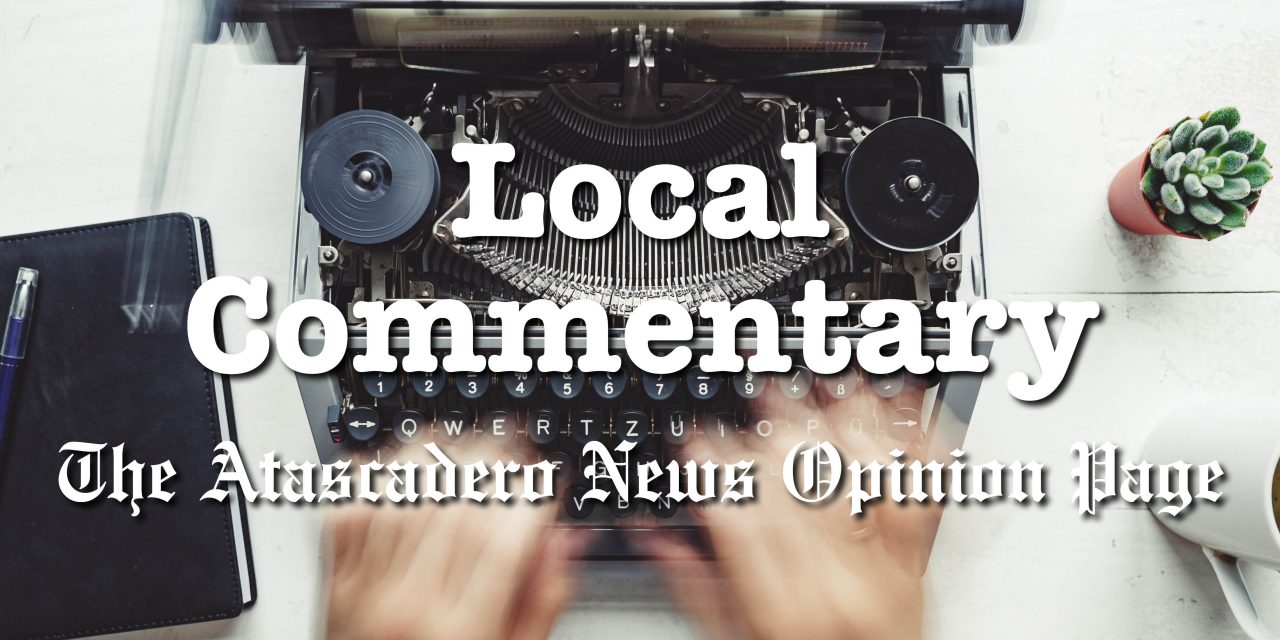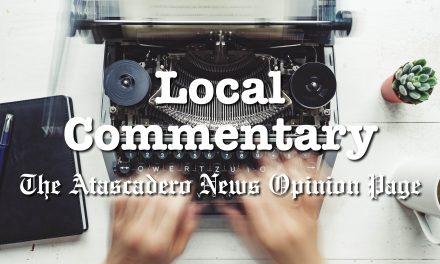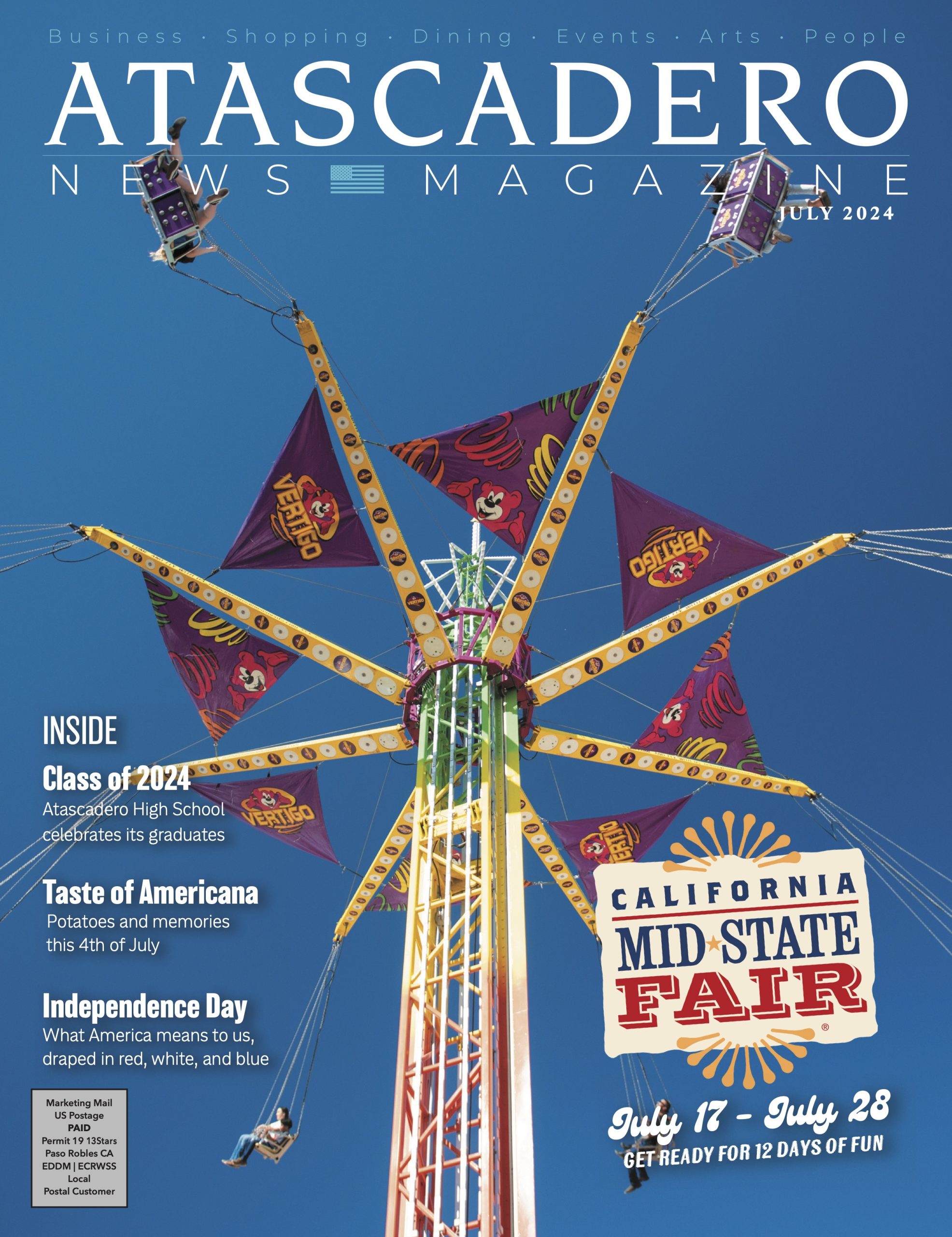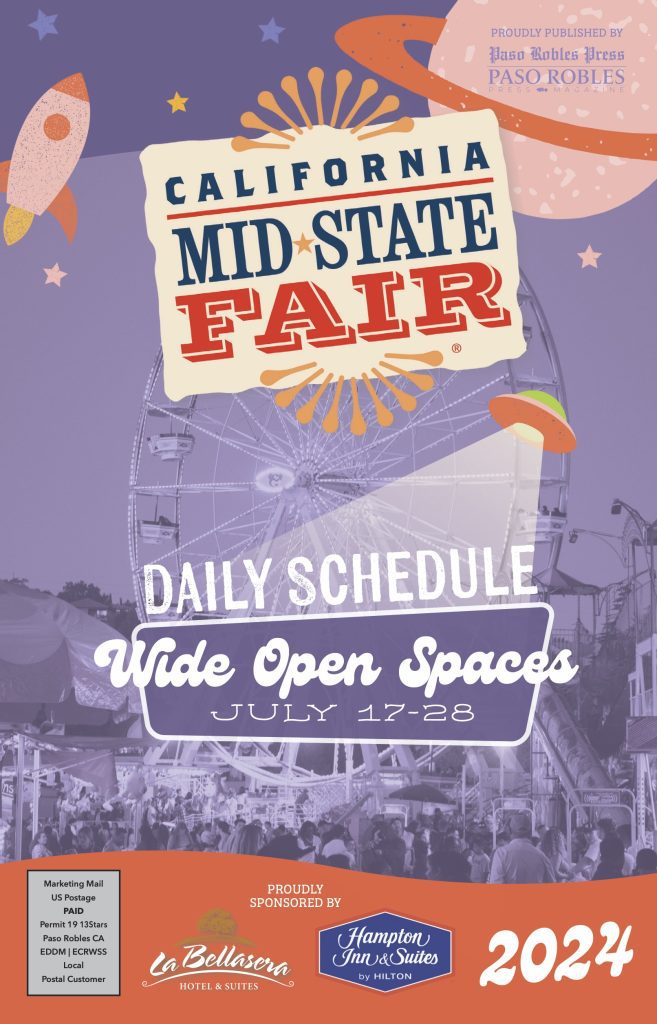Why SLO County Residents (Especially) Should Vote “Yes” to Recall Governor Newsom
By Aaron Bergh, Opinion Columnist
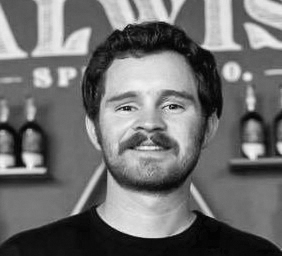
The rational reasons for recalling Governor Newsom are seemingly endless. After only two and a half years as governor, Gavin Newsom’s actions and inactions in our state have led to immense welfare fraud, record-breaking wildfires, unprecedented business closures, the highest unemployment rate since the Great Depression, skyrocketing homelessness, worsening poverty, increasing crime, and another drought exacerbated by regulations. Every Californian has the right to be upset and lose confidence in the Newsom administration’s ability to govern effectively. But for residents of downtrodden non-urban communities like San Luis Obispo County, there should be an especially intense fervor for bucking a governor who recklessly adopts catch-all policies that disregard the unique intricacies and wellbeing of our communities.
Governor Newsom’s ultimate offense towards small counties like ours is his poor and unfair management of the pandemic. Instead of allowing county governments to make decisions on the best course of action to balance controlling the spread with economic needs, Newsom unilaterally implemented statewide mandates that included shutting down businesses, closing schools, strict masking requirements, and locking people in their homes.
Even though San Luis Obispo residents were successful in suppressing the spread of COVID-19 without state mandates, Newsom’s Regional Stay-at-Home order in December made our county’s level of openness contingent on the number of hospitalizations in urban areas hundreds of miles away like Los Angeles and San Diego. San Luis Obispo County residents were forced to stay in their homes and shut down their businesses for months.
When the vaccine was approved by the FDA for Emergency use and became available to the rest of the country, Newsom delayed distribution until the state department of health could conduct their own unnecessary independent review. Newsom prioritized allocating vaccines to “underserved” communities, which was just a euphemism for prioritizing urban communities over rural ones. Healthcare providers were threatened with harsh penalties if they deviated from Newsom’s strict requirements on vaccination eligibility, further slowing the progress of getting shots in arms. Thanks to Newsom’s botched vaccine rollout, California ranked among the bottom ten states with the lowest vaccination rates for weeks.
Governor Newsom’s disparate COVID response wasn’t limited to stay-at-home orders and vaccination strategy. A January 2021 report by California State Auditor Elaine Howle summarizing an investigation of the California Department of Finance’s allocation of federal Coronavirus Relief Funds came to the conclusion that small counties received significantly less aid than more populous counties in the Bay Area and Southern California. Despite the US Treasury’s requirement that states split Coronavirus Relief Funds evenly between residents, the Newsom administration allocated twice as much money per person in the Bay Area and Los Angeles County than in San Luis Obispo County and other counties with populations of less than 500,000.
Although they’re a lesser safety threat to developed metropolitan areas, wildfires are a worsening and looming danger to rural counties encompassed by woodlands and forests. Despite offering lip service, Governor Newsom’s actions reveal his lack of sincere effort in preventing wildfires. For example, while Newsom claimed his administration cleared fire hazards from over 90,000 acres, an analysis by CapRadio of the state’s own data revealed Newsom’s alleged achievement was a gross falsehood—only a small fraction of that number (11,399 acres) had been cleared. It’s also worth noting that in 2020, Newsom cut $150 million of wildfire prevention funding from Cal Fire, and as a result, the agency’s suppression output was cut in half.
As Governor Newsom’s inaction exacerbates drought-induced wildfires, his water policy also quite literally hangs small communities out to dry in the face of drought. While Newsom and his cohort of Bay Area politicians continue to benefit from a relatively stable supply of water from the Hetch Hetchy reservoir that resulted from damning a major valley in Yosemite National Park, they refuse to allow central California communities to pump water from the Sacramento Delta. While even his predecessor Governor Jerry Brown supported a proposal to build tunnels in the Delta to allow for more environmentally-friendly pumping, Newsom has refused to approve the project—or really any major water storage infrastructure in the state.
Although once confined to poorly managed urban cities, crime has spilled over into our small communities, and rates have increased across the state. Local police departments’ hands are tied tighter and tighter by state laws that prevent them from keeping criminals off the street, even as more criminals are released from prisons. For example, the California Judicial Council (almost solely comprised of judges appointed by the governor) eliminated cash bail in the name of battling COVID but ended up worsening the epidemic of crime in the streets. Since last year, Newsom has released thousands of criminals from the state’s penitentiaries. Furthermore, in April, he announced an early release program that will shorten the sentences of 76,000 inmates (including repeat offenders and violent felons) by one-third – ignoring the pleas of local district attorneys and police departments.
I don’t know who I will vote for to replace Governor Newsom, but I am confident that any of the frontrunners would be an improvement—the bar has not been set high. What I know for certain is I will be voting “Yes” on the first question. I implore the rest of San Luis Obispo County and the residents of the other unheard and forgotten counties of the state to vote “yes” with me. Say “yes” to taking back local control of our streets, businesses, healthcare, safety, and lives.

